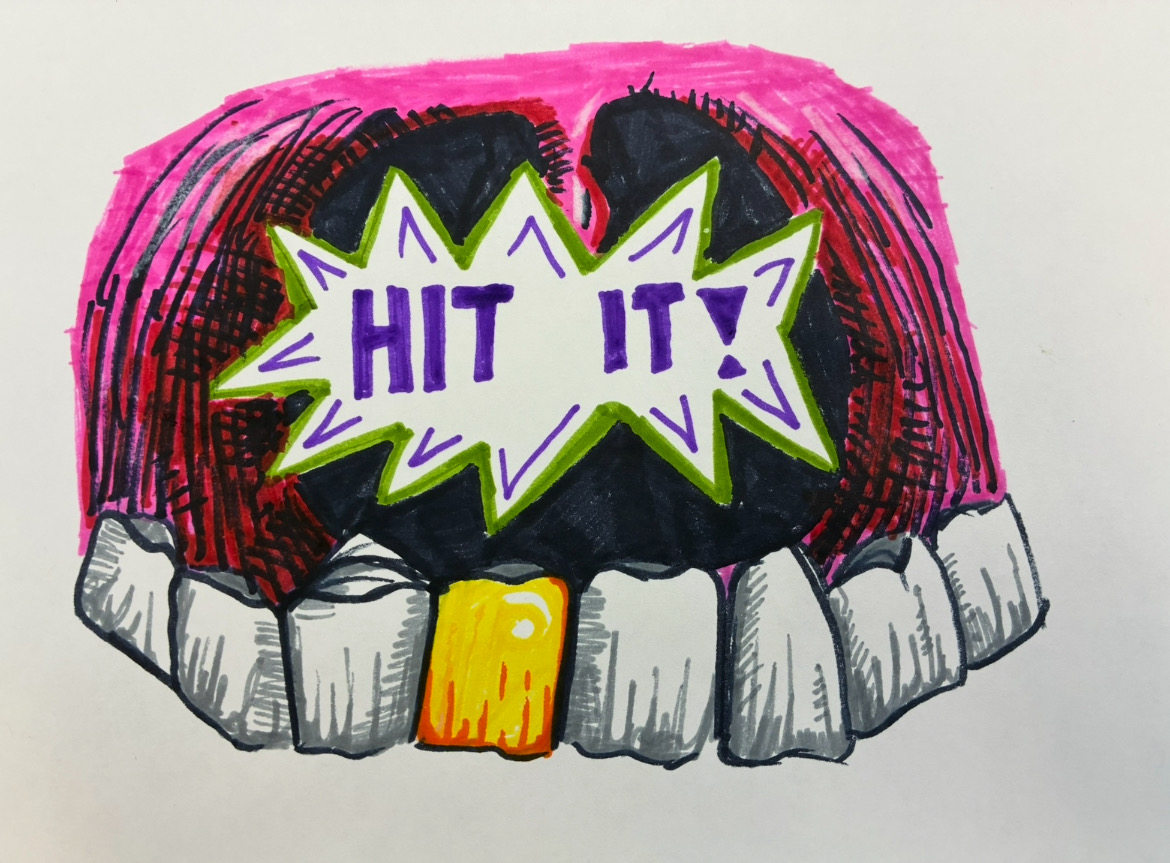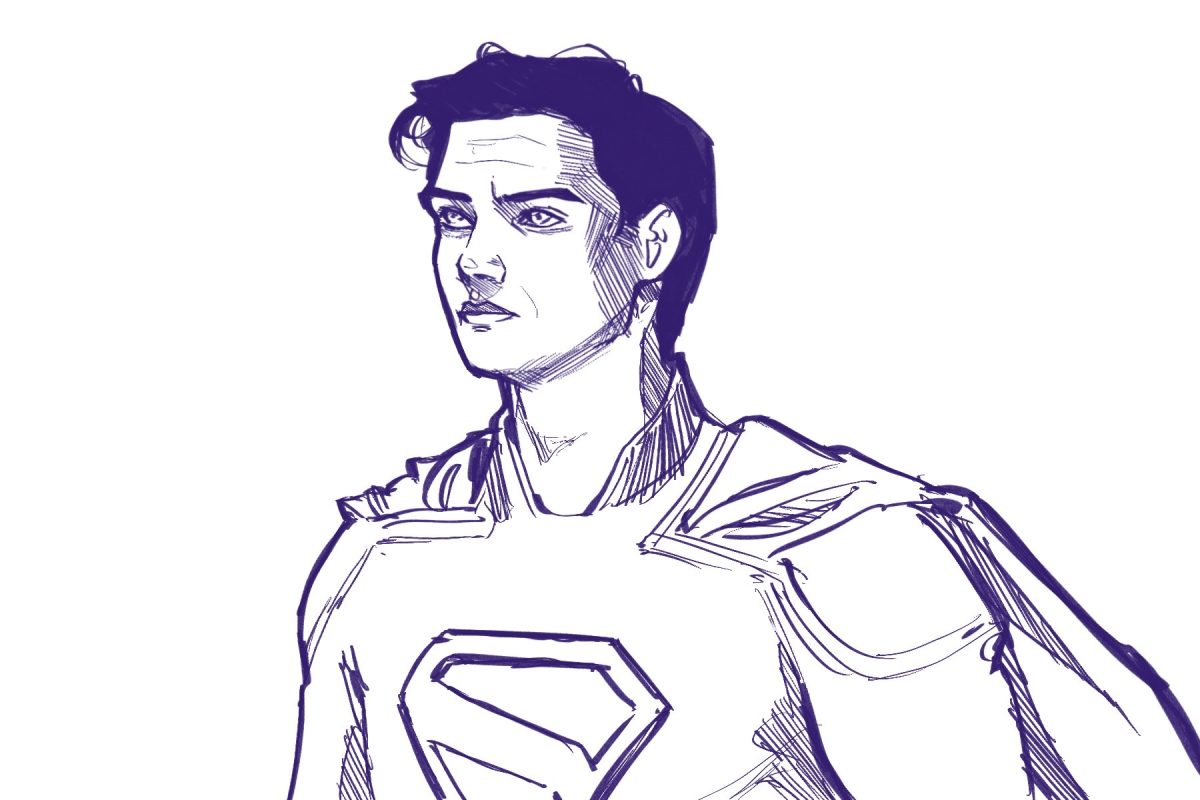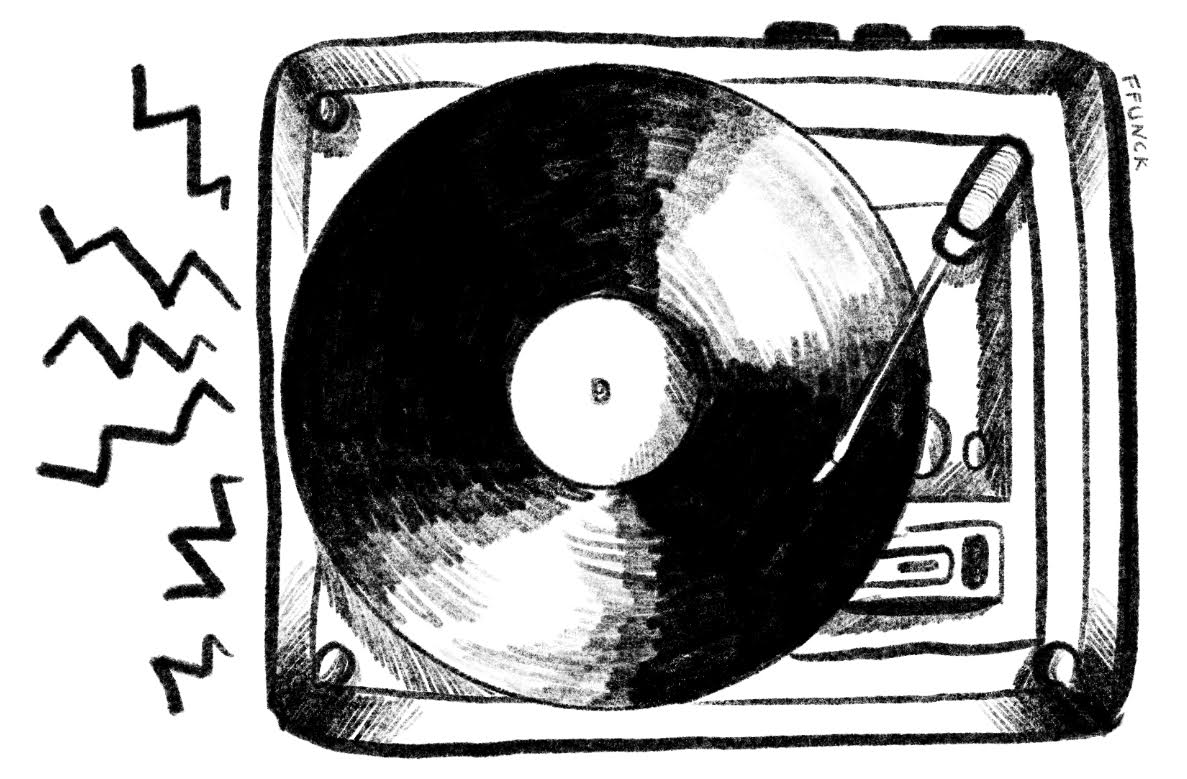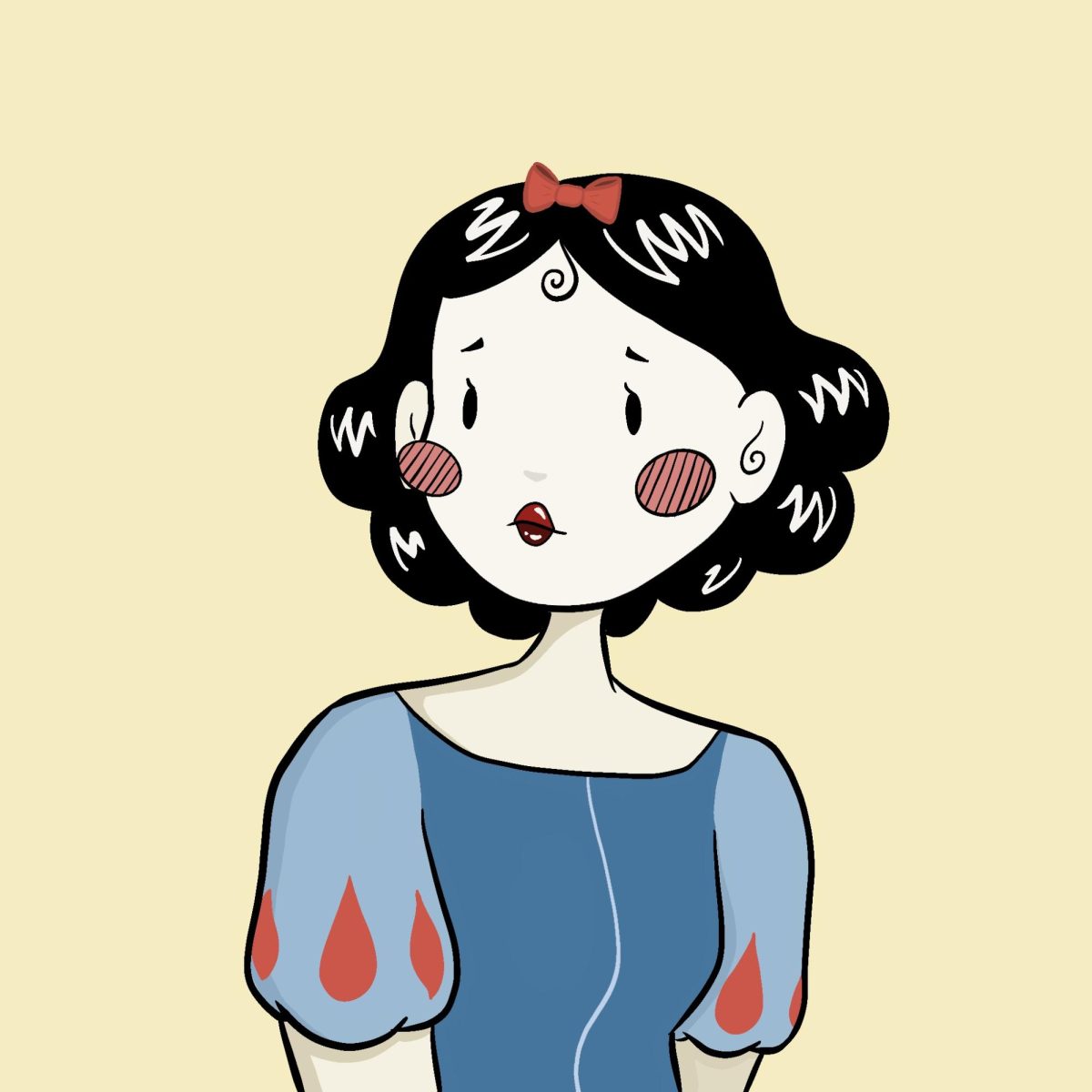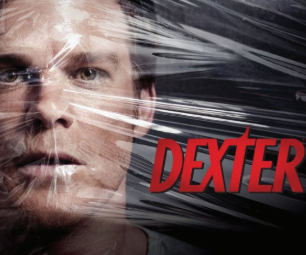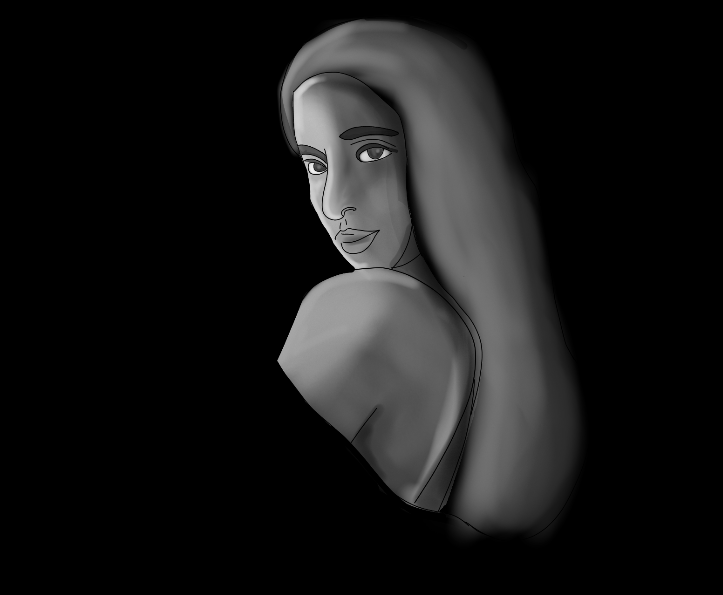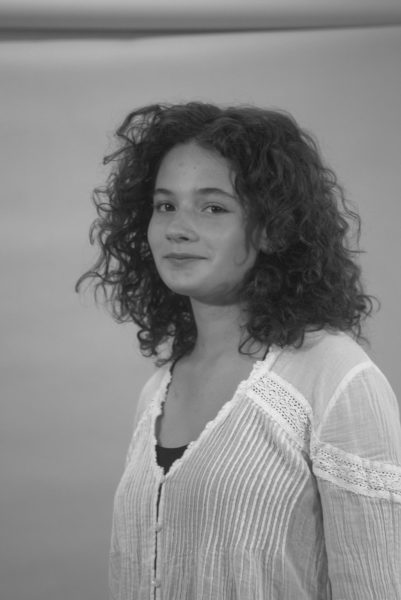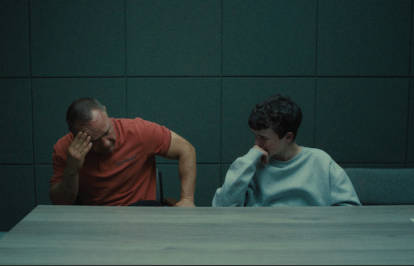
Adolescence begins with a SWAT team breaking down thirteen-year-old Jamie Miller’s front door. His bedroom wallpaper is dark blue, decorated with stars and planets, and the camera finds him in his twin-sized bed. “The time is 6:15 AM and I’m arresting you on suspicion of murder,” announces Detective Bascombe.
If you’ve heard of Adolescence and its booming popularity, you may have heard that every episode is one shot. From the beginning of the episode, the viewer follows the next 64 minutes as if the events are playing out before their eyes. The first episode follows Jamie and his family through the excruciating intricacies of the legal system. The viewer watches as each of Jamie’s fingerprints are taken, meanwhile, the camera pans to his dad as the shuffling of Jamie undressing for a search is heard. It’s painfully slow yet never loses the viewer’s attention.
Adolescence balances boyish innocence with male rage. Jamie’s small figure and cherubic face seem ironic in a holding cell, amongst the screams of people three times his age. At first, when he thrashes and cries that he “didn’t do it,” the audience has no choice but to sympathize with him. Towards the end of the first episode, only 30 minutes after he was initially charged, Jamie and his father are pulled into questioning where a recording of the crime scene is shown. Adolescence avoids falling into the classic murder mystery of “whodunit.” The audience isn’t left to wonder who but instead, why.
In the third episode (of four) Jamie endures a very different kind of questioning. Clinical psychologist, Briony Ariston, is brought in to create a report on whether Jamie can understand his charges and the severity of the crime. This episode is almost entirely one conversation. The camera carefully rotates, focusing on each character at the perfect moment. Their conversation rises and falls, with the cautious intensity of a tennis match. Briony is professional, calm, and collected. Jamie feels safe with her, yet becomes frustrated, and then angry with her when he’s unable to exert control over her. When he states his insecurities—that he’s ugly, that his dad is ashamed of him—he expects her to console him and becomes enraged when she doesn’t. Within the four walls of that room, his motive becomes clear in a way that no police report could explain. Each line is so clearly packed with intention, so meaningful even when said so casually. “Most boys would have touched her. So that makes me better,” says Jamie. There is a stark contrast between the awful things he’s saying and has done when the camera pans away from Briony and towards the little boy at the other end of the table.
Although Adolescence is not technically based on a true story, it is a story that is familiar to every girl and woman. Social media is only exacerbating cultural norms of dominance and violence towards women. Adolescence is warning us, what happens in dark parking lots starts on computer screens.
This article also appears in our April 2025 print edition.

